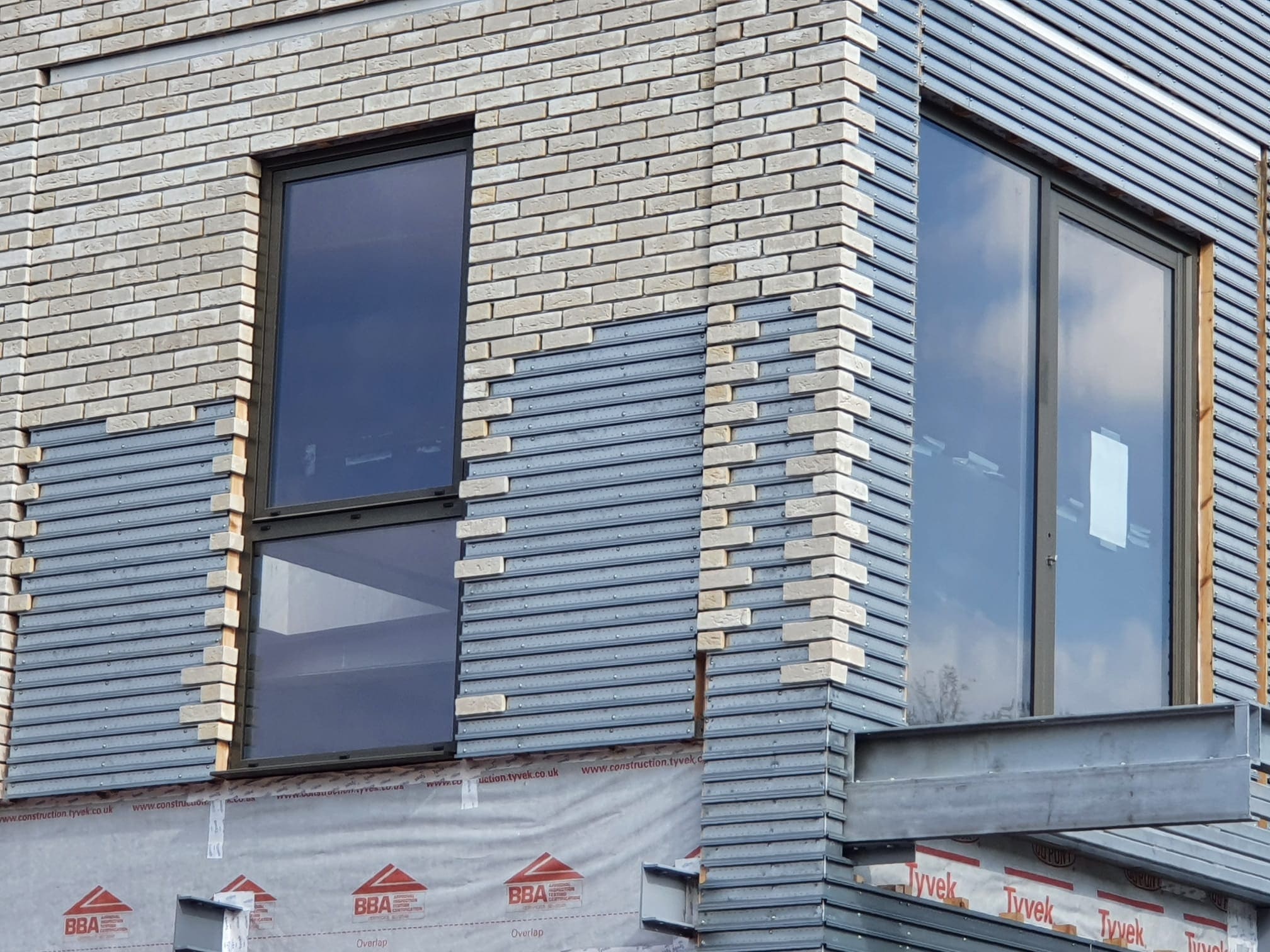 482
482
 0
0
Introduction: The Levelling Up Plan and the Infrastructure Levy
The Boris Johnson government’s “levelling up” agenda aims to bridge the gap between rich and poor areas in the UK, fostering economic growth and creating opportunities. A key component of this plan is the Infrastructure Levy, designed to replace the Community Infrastructure Levy (CIL), Section 106 agreements, and affordable housing contributions. This single, non-negotiable levy seeks to ensure developers contribute their fair share toward community infrastructure. However, its implementation has sparked debate, with many questioning its potential effectiveness.
How the Infrastructure Levy Works: A Simplified Approach
The Infrastructure Levy is calculated based on the final sale value of a development, applying a flat rate to the gross development value. This approach aims to simplify the current system, which involves complex negotiations under Section 106 agreements and CIL payments. By streamlining the process, the government hopes to reduce delays, provide developers with more certainty, and empower local authorities to fund infrastructure projects more effectively.
Challenges to Affordable Housing Delivery
One of the major concerns surrounding the Infrastructure Levy is its potential impact on affordable housing. Critics argue that private developers, driven by profit motives, may avoid building affordable homes or sell off allocated plots. Additionally, market fluctuations and legislative changes between planning permission and signing agreements can jeopardize the financial viability of developments. This could lead to a reduction in affordable housing, undermining the levy’s intended goals.
The Downfalls of the Current System: CIL and Section 106
The existing CIL system, introduced to simplify infrastructure funding, has struggled to meet its objectives. When used alongside Section 106 agreements, it has failed to generate sufficient funds for infrastructure needs, particularly for larger developments. The Infrastructure Levy aims to address these shortcomings by introducing a set levy agreement, reducing last-minute negotiations, and giving local authorities more control over infrastructure planning.
Potential Hurdles for Local Authorities and Developers
Local authorities may face significant challenges in implementing the Infrastructure Levy. Years of underfunding have weakened technical planning and architecture teams, while land ownership issues and competition with private developers could further complicate matters. Additionally, the success of the levy depends on support from multiple stakeholders, including landowners and local councils, who may resist changes that affect land values or require new skills and resources.
The Road Ahead: Uncertainty and Regional Disparities
The government has yet to clarify whether the Infrastructure Levy will be applied at a standard rate or vary regionally. Property experts warn that a one-size-fits-all approach could exacerbate regional disparities in land values, potentially burdening certain areas and hindering consistent housing delivery. Moreover, the political landscape adds another layer of uncertainty, as some landowners anticipate a change in government that could repeal or alter the levy. For the levelling up plan to succeed, the Infrastructure Levy must strike a delicate balance between raising funds and maintaining a viable land market.





Meet our Expert Property Commentators



























